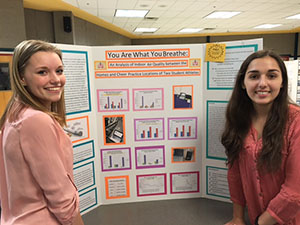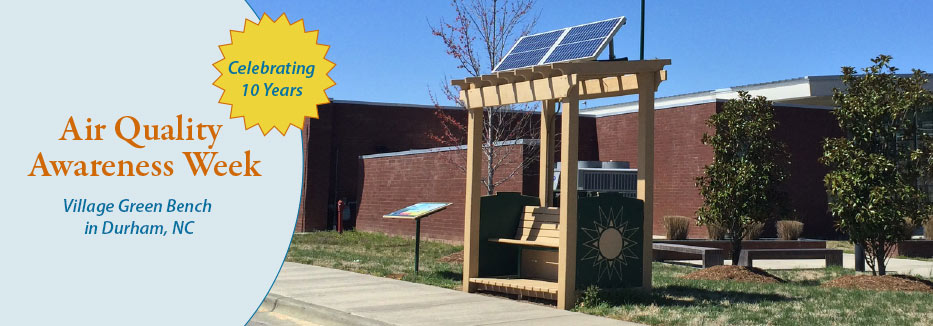| |
Sensor Scale Pilot Project
EPA is launching a pilot project to test a new tool designed to help the public use instantaneous outdoor air quality data. The new “sensor scale” is designed to be used with air quality sensors that provide data in short time increments – often as little as one minute.
Air quality sensors measuring ozone and particle pollution are becoming increasingly available to the public at a relatively low cost. As availability increases, so will the need to help people interpret 1-minute readings that are reported in concentrations such as “parts per billion” or “micrograms per cubic meter.” So EPA developed a sensor scale that shows whether one-minute readings are considered low, medium, high or very high – along with corresponding messages to help users decide when it may be good to take action to reduce their exposure to outdoor air pollution.
EPA is piloting the tool using data from the Village Green Project, a community-based activity to demonstrate the capabilities of new real-time monitoring technology. We’re seeking feedback through August. Check it out at http://bit.ly/VillageGreenPilot, then follow the “more information” link and let us know what you think!
Citizen Science
Citizen science is the involvement of the public in scientific research – whether community-driven research or global investigations. A citizen science program can help engage and empower communities to collect their own data and advocate for their own environmental concerns. Many EPA citizen science efforts are focused on assisting citizen science groups in Environmental Justice (EJ) communities and those with a special focus under the Agency’s Making a Visible Difference initiative. Contributions from citizen scientists have become a developing tool for expanding scientific knowledge and literacy in communities across the country.
EPA’s Air Sensor Toolbox for Citizen Scientists provides information and guidance on new low-cost compact technologies for measuring air quality. Since citizens are interested in learning more about local air quality where they live, work and play, EPA scientists created the toolbox to provide citizen scientists with resources to effectively collect, analyze, interpret, and communicate air quality data.
To learn more about citizen science activities across EPA visit: www.epa.gov/citizenscience.
Citizen science allows the federal government and nongovernmental organizations to engage with the public to enhance scientific research, address societal needs and provide hands-on learning experiences in science, technology, engineering, and mathematics. Learn more about citizen science activities across the Federal government at www.citizenscience.gov
A Citizen Science Project at School
|

|
Meet Zoe and Blake. For this year's science fair, Zoe and Blake decided they wanted to measure particulate matter to better understand indoor air quality at their cheer practice locations and in their homes. Using a portable air monitor they purchased online, their measurements revealed that indoor air quality was only fair at one of their gyms likely because of the large number of athletes and the close proximity to road traffic. The girls won first place at their high school science fair and second place at their regional science fair. They now know to warn their fellow cheerleaders who have asthma to take it easy on poor air quality days as being indoors does not necessarily mean that air quality is good for those with medical conditions. They are already planning both indoor and outdoor sampling for next year's project to try to better understand the relationship between air quality outside and how it can impact the indoor air that athletes breathe. Way to go Zoe and Blake! |
|
|



